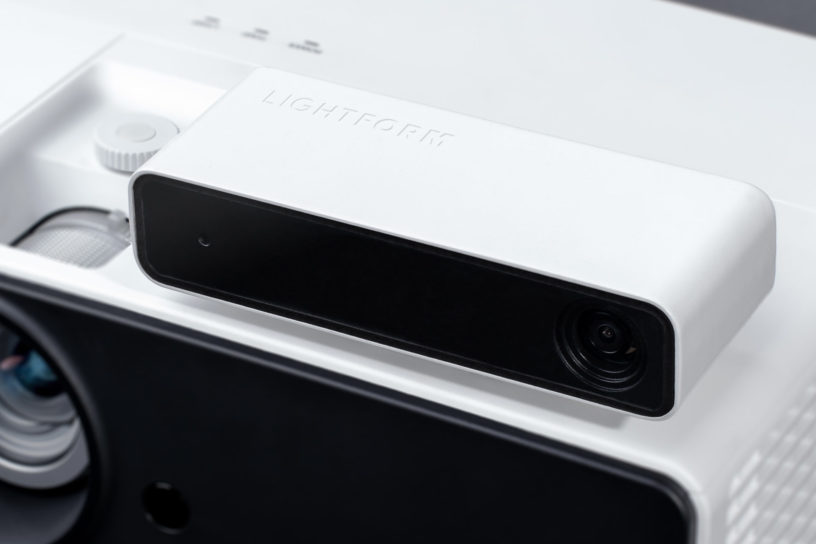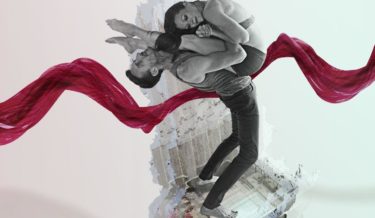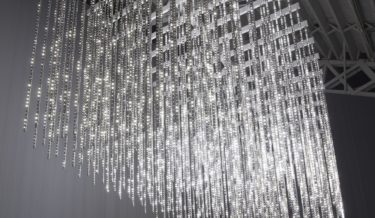Related post
Virtual Reality and Theater Come Together to a Classic David Bowie Tune
Apr 06, 2017
|
Comments Off on Virtual Reality and Theater Come Together to a Classic David Bowie Tune
3231
Leo Villareal’s Light Sculptures Have a Mind of Their Own
May 15, 2017
|
Comments Off on Leo Villareal’s Light Sculptures Have a Mind of Their Own
2224
AVnode – International Network for Audio Visual art
Jan 21, 2015
|
Comments Off on AVnode – International Network for Audio Visual art
4149




